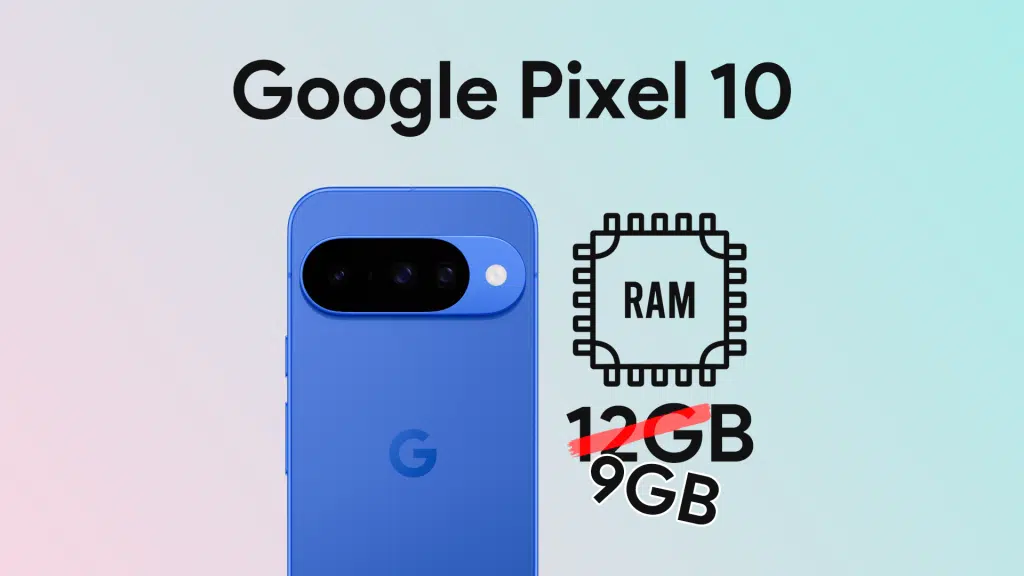Google Pixel 10’s 12GB RAM Is Not Fully Usable Due to AI Features Reserving Memory
Google Pixel 10’s 12GB RAM Is Not Fully Usable Due to AI Features Reserving Memory

The Google Pixel 10 ships with a generous 12GB of RAM on its base model, but recent reports unveil a surprising limitation: about 3.5GB of that memory is permanently reserved for AI-related functions and is unavailable for general apps or multitasking.
Why Is 3.5GB Reserved for AI?
Google dedicates this reserved memory to the “AI Core” system that powers advanced, always-on AI features like live voice translation, Pixel Journal, Magic Eraser, and call transcription. By keeping AI models loaded in RAM at all times, Google ensures immediate responsiveness and avoids loading delays.
Impact on User Experience
This reserved memory means the operating system and apps must share roughly 8.5GB of RAM on the Pixel 10, not the full 12GB advertised. For typical users, this might not be noticeable, as 8-9GB of RAM remains ample for everyday app switching, browsing, and gaming.
However, power users and heavy multitaskers might experience faster app reloads or memory pressure sooner than expected, especially as apps grow more demanding over the device’s expected seven-year update lifecycle.
Comparison to Prior Pixel Models
The Pixel 9 Pro models in 2024 reserved around 2.6GB of RAM for AI but started with 16GB total, so the impact was less severe. The Pixel 10’s approach extends the reservation even to the base model, surprising many. The Pro versions still offer a full 16GB RAM pool but maintain the AI reservation.
Is There a Way to Free Up This RAM?
Some users have found workarounds by disabling the “AI Core” system app via Android’s app management settings, freeing up memory but at the cost of slower AI feature responsiveness. This tradeoff might be acceptable for users prioritizing maximum free RAM over instant AI access.
What This Means for Future Pixel Users
With the Pixel 10 slated to receive updates through 2032, reserved RAM could become more problematic as apps and Android itself become more resource-intensive. Google’s decision reflects a bet on AI becoming central to user experience, but it also reduces the flexibility of available system memory for apps.
Conclusion
Google’s innovative push to embed AI deeply into Pixel phones comes with a memory reservation cost that reduces actual available RAM. While the tradeoff results in snappy AI features and improved responsiveness, it complicates how users understand RAM capacity and may impact multitasking in the long term. For most users, the Pixel 10 offers a smooth and smart experience—just with slightly less RAM than the spec sheet suggests.
